Anyone that coarse fishes the river Wye with any regularity will know that the start of the season never fishes that well and it usually doesn’t get going until well into July. This isn’t to say nothing can be caught, just that sport is generally a bit slow, especially for barbel.
This season has been no exception. Following the very cold spring when on every day in April there was a frost somewhere in England, then to one of the wettest Mays on record with cold daytime temperatures, this June 16th was looking even trickier than usual. The catch returns have certainly shown that and a significant number of anglers have actually expressed concern at the lack of barbel.
Fear not, the fish are still there. A fishery where you don’t have to take my word for that is Home Fishery – back in April I produced some drone footage of well over 50 barbel and as many chub (see images), happily kiting over the gravels, yet there have been numerous reports of concern and frustration due to anglers not catching much. It’s been a similar picture up and down the river – not many barbel caught and plenty of chatter at their absence. That said, there have still been reports of good days, certainly enough to allay fears for now - 16 barbel from Wyebank, 12 from Thomas Wood, 11 from How Caple, 8 from Whitehouse, 14 from The Creel to name just a few.
The chub on the other hand appear to have multiplied, with many anglers reporting catches in excess of 40 per day. Some pretty decent ones too and loads on the float, along with dace and some nice roach. As in previous years the eel numbers have been more than what anglers may want, but considering 5 years ago an eel was a surprise capture, this is good news. Why though is this welcome when anglers don’t really like catching them?
Well, the European eel is a fish that has a fascinating life cycle – after the adult anguilla anguilla has spawned in the Sargasso Sea, the young “glass eels” or “elvers”, travel from their spawning grounds in the Caribbean, across the Atlantic towards Europe, and run into the Wye and Severn in their hundreds of thousands. Here they have historically been caught commercially, especially in the Severn, their destination as a delicacy is the Far East and pound for pound, they have been known at times to be more valuable than gold! Due to a dramatic drop in numbers this practice has all but ceased.
Elvers that evade capture grow into full size eels and can live for years in ditches, ponds, even water troughs for livestock. Their skins were once used as a method of contraception (thankfully not used to my knowledge today!). A fully grown eel is a pretty tasty thing too – my babysitter used to pay me £1 an eel. Dilly was in her 100s (she was to me anyway!) and thankfully smelt of Earl Grey instead of the fried eel she’d cook for her husband. The money I received for in return for a writhing bag of eels meant I was a pretty well-off 9 year old. There were hundreds of eels in the river then and there reached a point where you struggled to fish any static bait for more than a few minutes before they attacked it, recorded as a tapping away on the rod tip, never quite enough to wrench the rod over and leaving you unsure for minutes on end whether to strike or not. These days of course they are protected, and whilst they make a right mess of terminal tackle, writhing the whole lot into a slimy mess before you’ve had chance to unhook them, they should be respected and treated with utmost care.
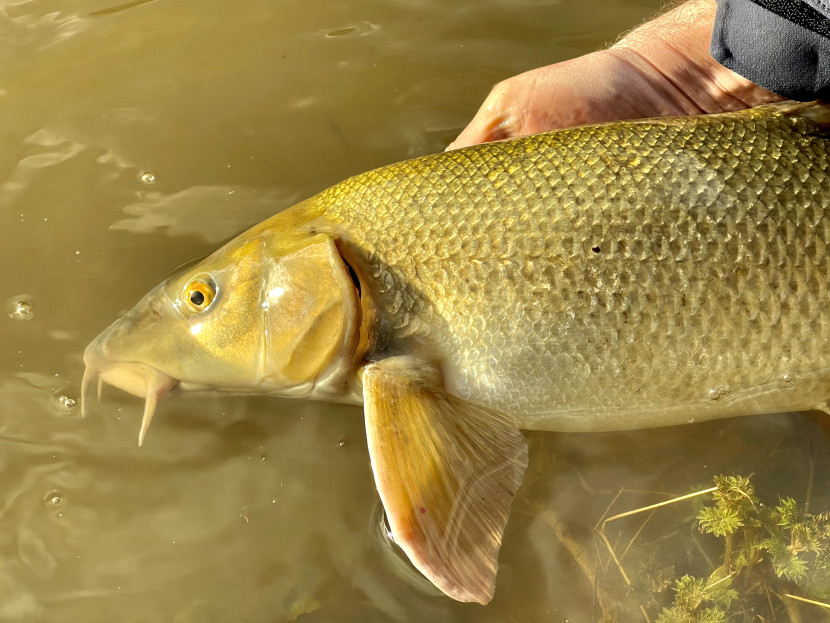
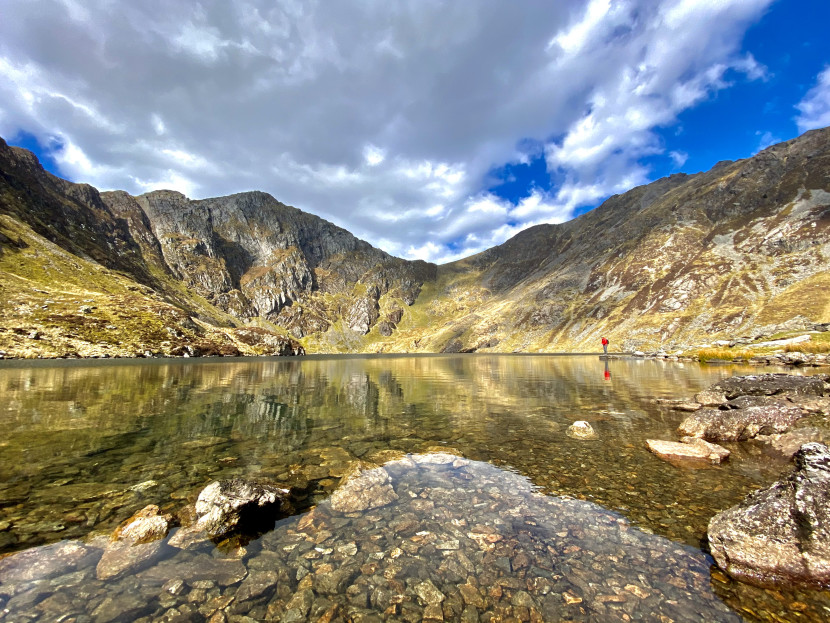
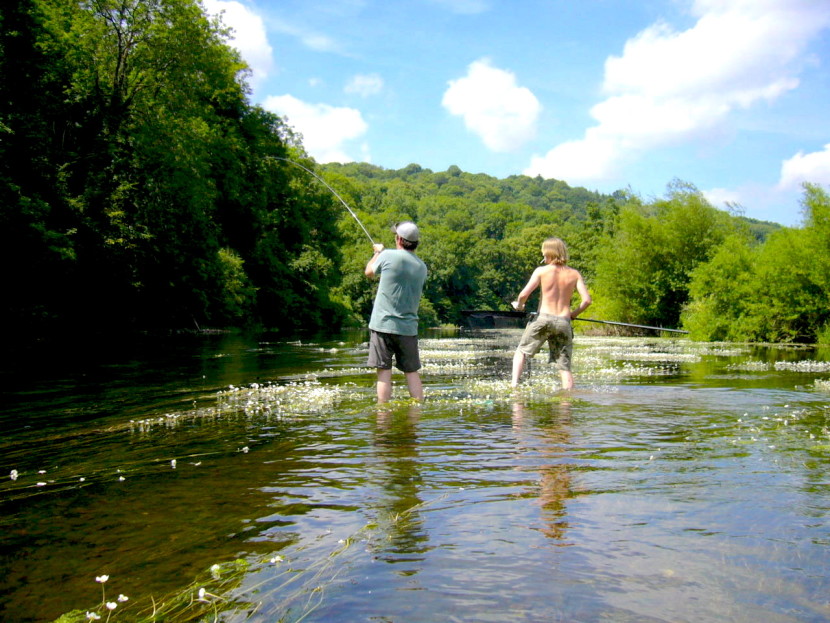
Shad numbers appear to have increased in recent years too. As well as the usual reports of them caught by fly anglers, the coarse anglers have run into a fair few already this season. The shad is a rare and protected fish that only spawns in a few rivers in the country. There are two types - the allis and the twaite, the latter being the one we encounter in the Wye (although the bigger allis may still be present – one or two reports of 6lb to 7lb shad are heard of most years). Also known as the “May fish” due to the time of year it enters our rivers, it is a member of the herring family and used to run into the Wye in huge numbers. 40 or so fish to the net was common when I was about 12, with double this amount hooked and lost – they have very bony mouths and often drop off during the fight. About 10 years ago the fish all but disappeared, so catching one was a rare occurrence. Their increase in population in recent years I’d like to think is because of their protected status, and thus anglers returning them quickly and carefully if caught – they don’t take well to being handled. As said, this year was a marked increase in their numbers, my theory being this was due to the cold spring and the delayed season. Perhaps then they could be described as the “June fish” this year.
What was also pretty notable early on was the numbers of dace. Several anglers got into big shoals of them, literally “one a chuck”, then all of a sudden, they were gone. There’s always a few about in fast water of course, and dace are known to move around a bit, only shoaling up again in numbers come the autumn. Behind them the bleak are never far away, but there’s not been too many of those caught yet. What effect has the lack of ranunculus had on these fish? The huge swathes of this stunning river weed used to provide home to these species, as well as the perfect habitat to protect spawning fish and other aquatic life. The river channel is pretty much canal-like now and should the plant not recover, surely this will have a marked effect in the future, most likely perhaps due to avian predators like cormorants and goosanders getting a more than easy meal? They will decimate fish stocks given the chance.
As long as we have the bankside vegetation, which we try to leave as wild as possible, then at least there’s some cover, however. The problem here though is predator mammals like otters and mink, and probably the biggest predator of all (not through eating of the fish but by their general presence) - humans. Their mass arrival on the river banks is in the main due to the canoe, and I wonder what the long term negative impacts will be on this SSSI of the increasing numbers of this species in the Wye Valley. How can the sheer volume of them not cause an issue? Considering the landing and stomping about on the gravels, the picnics, “wild” camping and using the river banks as a toilet, it does mean that for fish and other wildlife, the alternative sanctuary of the river bank is under threat too.
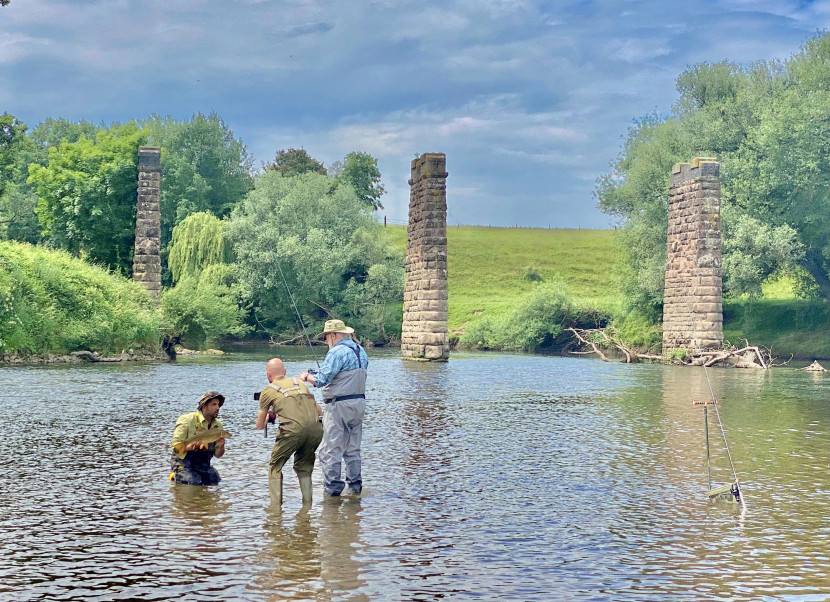
Back to the fishing and my personal experience from the start of this season was a memorable one. I’m fortunate to have permission from a land owner to use an area of river for an overnight get together once a year. This time good friends Rich and Chris joined Martin Bowler and I for a barbecue of the finest local Herefordshire steaks, washed down with a cider or two as we listened to Martin relay stories of his British record captures. What an honour this was as his face lit up from the glow of the firepit. It was as good a June 15th as I’ve had, so thanks to those guys if you’re reading.
Slightly bleary eyed at 5am I joined Martin to do a feature for the Angling Times – this was on float fishing and generally just soaking up the glorious 16th. We had fun, even managing a few fish, and the feature showcases the stunning fishing that’s available on the river Wye. It was a little tough for reasons mentioned, but what kept us going were the barbel rolling and leaping in the swim – it must have done as Martin bagged a double figure barbel that evening, and what a fish that was.
Later in the month I joined Ali Hamidi for a few hours as he fished Backney with a mate – whilst this beat is not available to book these days, it’s in very safe hands with the new owners and their family. What’s comforting is fishing on this usually prolific beat mirrored elsewhere – only one or two fish caught but dozens rolling over our baits. A couple of the fish we caught were literally just as we were reeling in to recast. I’ve talked about this before and I’ll gladly do so again next month but would just like to build more of a picture before “spelling it out” how, what and when the barbel are feeding.

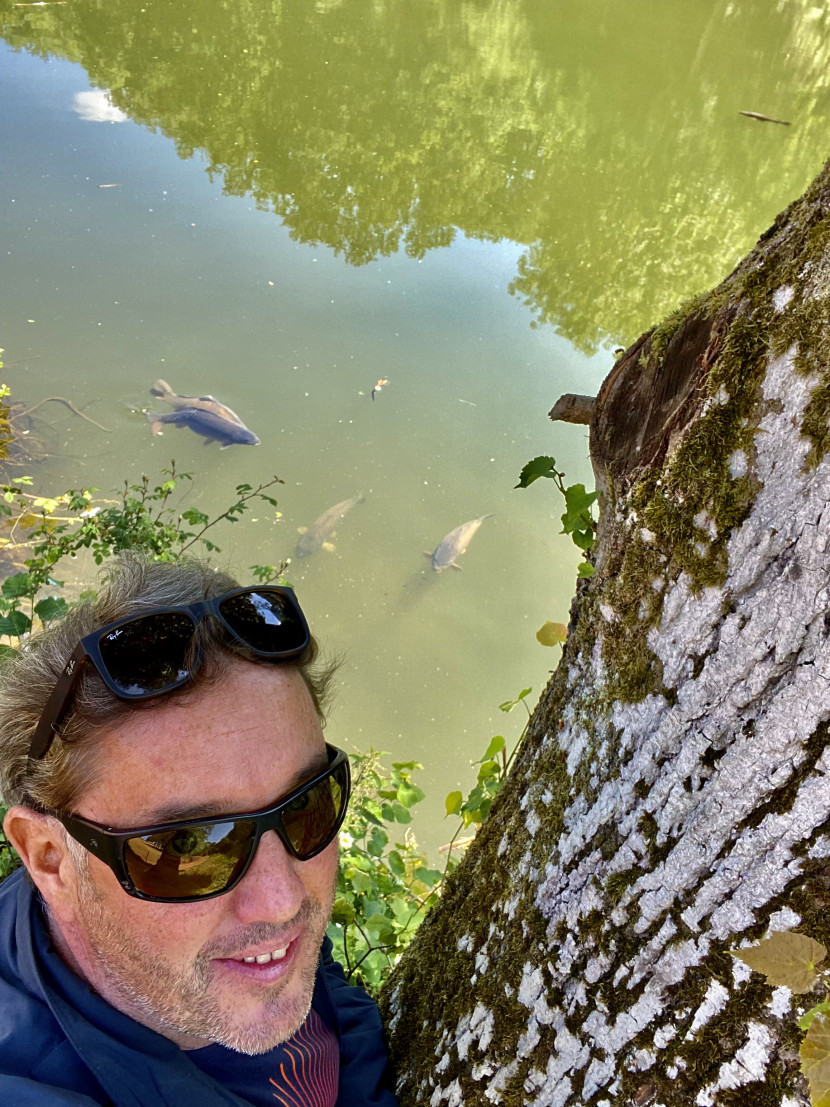
I know this is a coarse report, but drawing reference to a few of the images, I always do a bit of trout fishing during the coarse closed season. With my fishing buddy and partner in crime, Hannah, we had some fantastic days out on the small streams and the main stem of the Usk this spring. Of course the cold weather affected fly life, but by moving about to find parts of the catchment trying to find a microclimate of warmth, even if just for a day or so, there was plenty of good fishing to be had.
We also ventured out after tench, but again the temperatures got the better of targeting these species. Just before the start of the season we did get the warm weather we wanted, but sadly this coincided with an algal bloom on the river and this added to the already tricky conditions of the spring. The hardest part of fishing a river in these mixed conditions is what bait to use, and it really is necessary to go through all the options until you find the one for the day. Meat worked early on this season, then it went to moving bait, and at the turn of the month the barbel would take just about anything. As suggested, a good flush through should get things going, and there will be a time when all the baits work, with the time of day maybe becoming the main piece of the puzzle. A quick word on maggot ban – whilst on some waters their use is permitted (check first), there is a byelaw in place on the use of “non-aquatic pupae” from June 16th to September 14th inclusive. This rule is in place on all Fishing Passport waters.
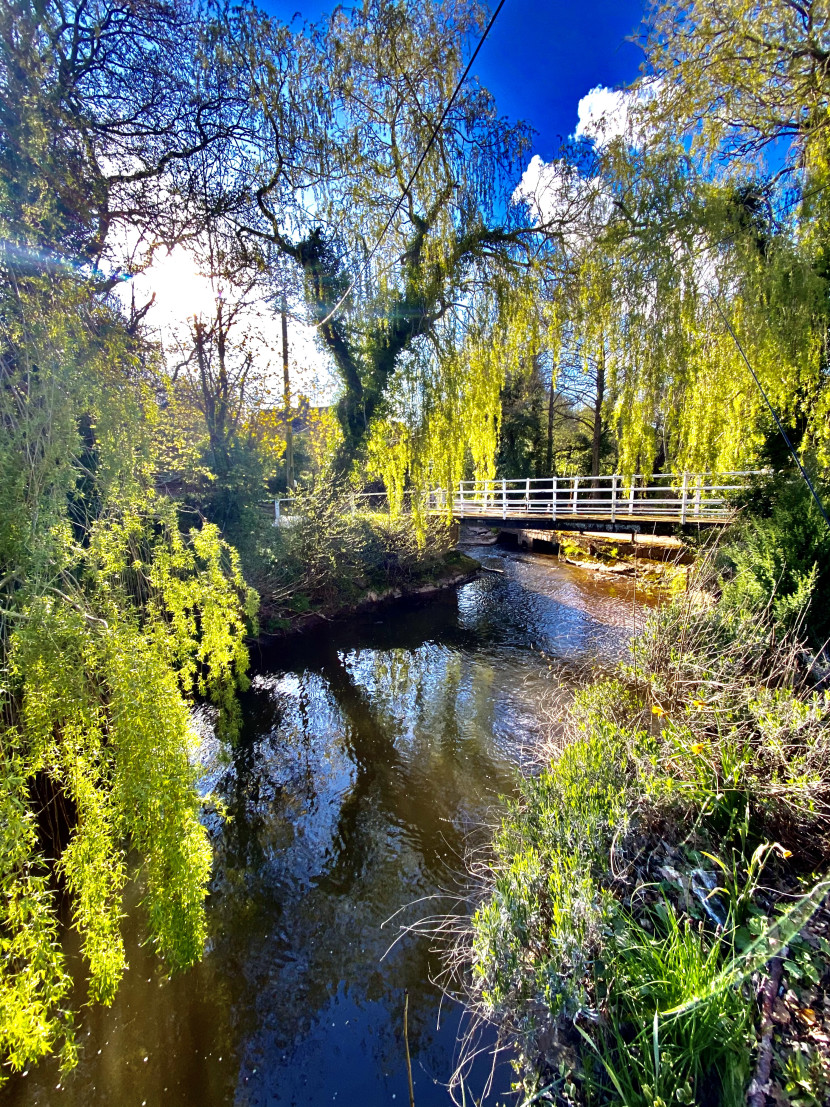
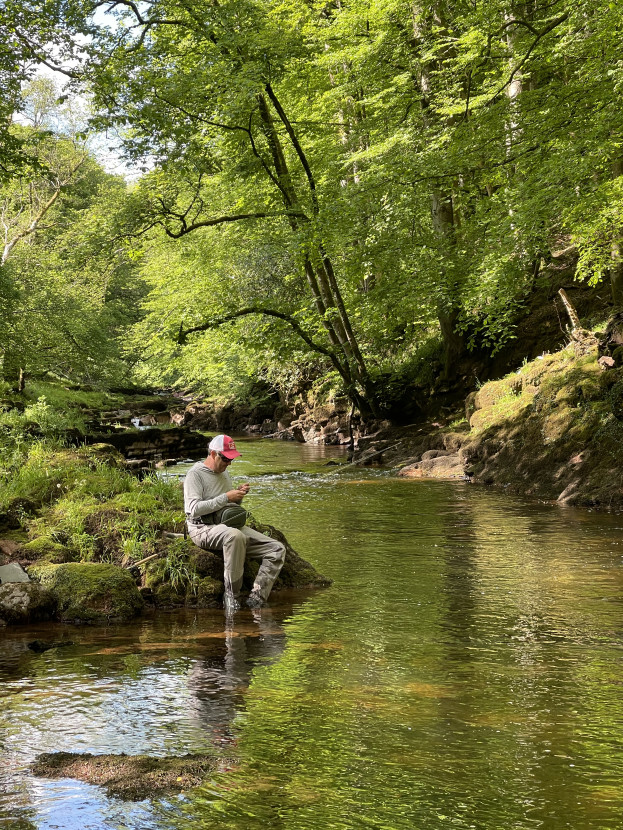
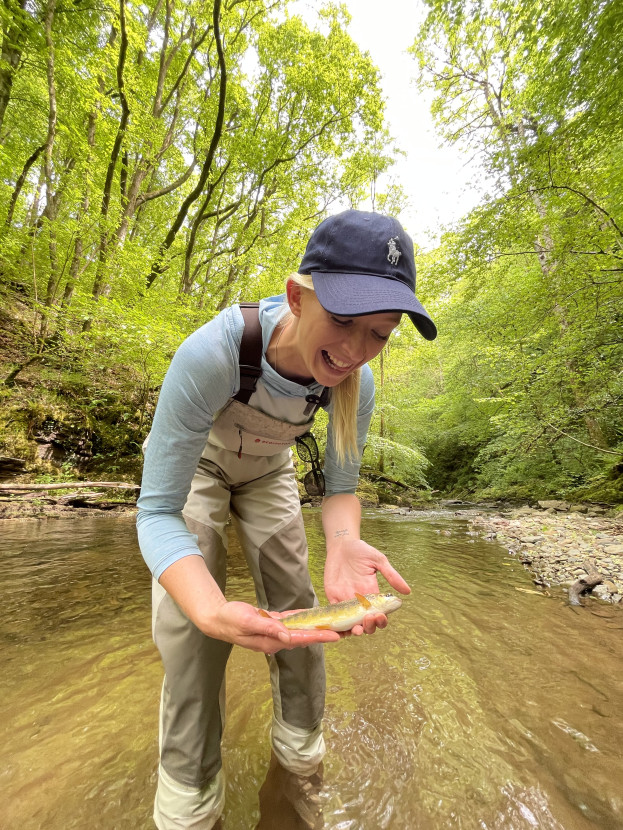
Before signing off I’d like to mention the pike fishing from last winter and perhaps this may give a little confidence to those who are struggling to catch “enough” barbel. The Wye has been talked about as experiencing decreasing pike populations for some years now, some anglers even think there are hardly any left at all. I certainly have found them more difficult to come by, but with hard work and covering the ground then you are giving every chance to catching a monster - this winter, however, just seemed to be another that kicked hard where it hurts. The conditions were far from ideal, river up, river down, high pressure – there really didn’t seem to be that many fishable days. To my surprise though a couple of anglers did very well (and I’ve seen the evidence) - in places where we hadn’t caught big pike for quite a while. No fewer than 6 different 20s showed up over a few days, with 2 touching the 30lb mark. All were caught between floods with baits suspended just off bottom. The window of opportunity was small, and although the suspended bait tactics are respected, they are rarely used. Overall it surprised me where these fish came out of but never say never in fishing I guess? Just because you’re not catching, it doesn’t mean the fish aren’t there. Last winter’s pike fishing absolutely testifies to this and with all those chub to feed on, I’d say the prospects are as exciting as ever.
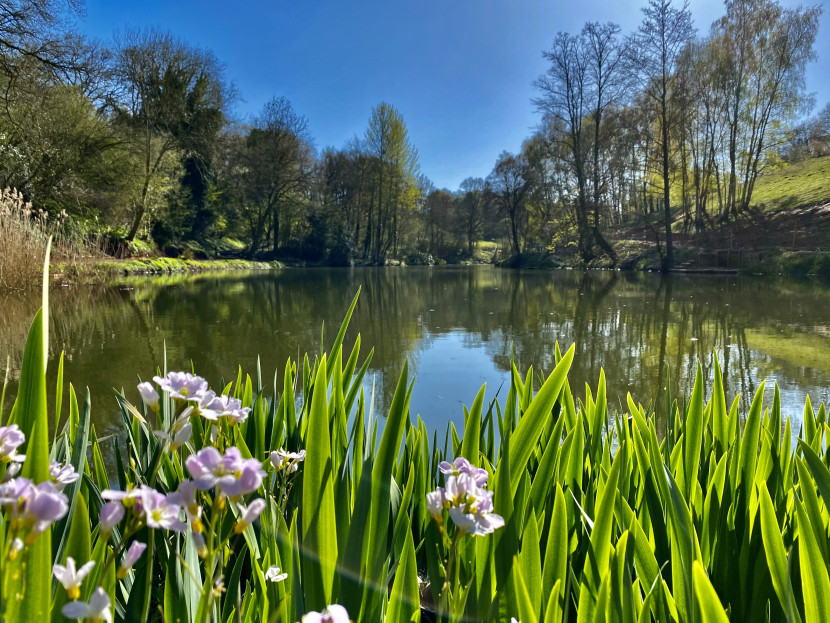
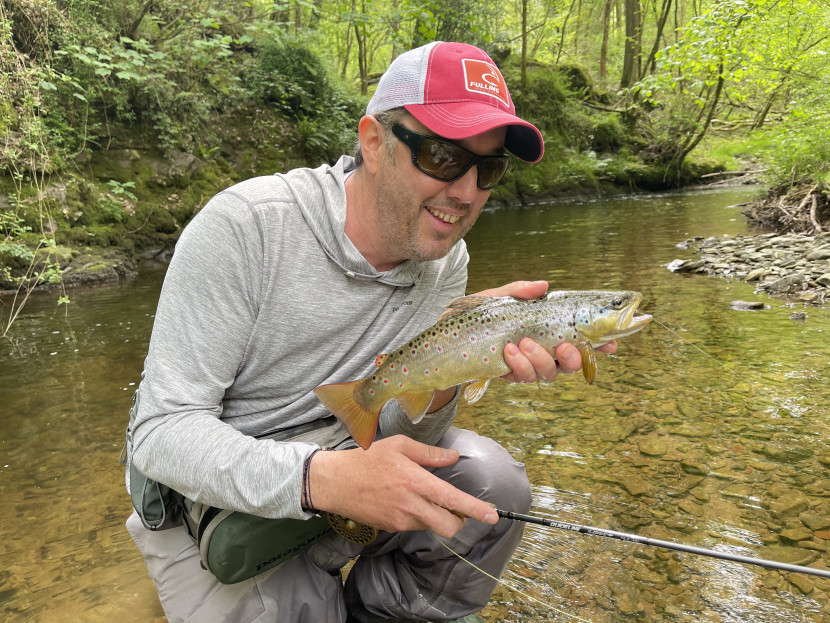
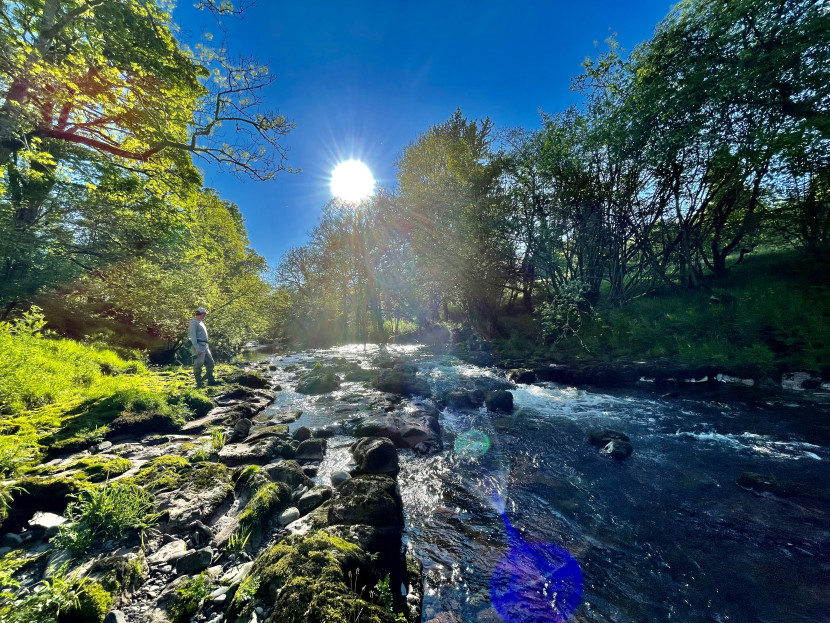
Bookings on the river are at an all-time high, and The Fishing Passport has again proven to be the most efficient way to organize your fishing. Many of the clubs have closed their books and are no longer taking any day tickets - it really is that busy out there. What can be assured with the booking scheme is that the approach is sustainable. Restricting angler numbers on a fishery means sport should be there in years to come.
I don’t really want to get into defending prices etc, but I will defend accusations of greed. If greed was a factor we would put 20 anglers on a stretch, not 4. The feedback from the majority of anglers is always that this is the way they want it. Anglers also value being able to book their fishing months or days in advance, knowing where they are going to be fishing and when. Where in the past a booking system has been perceived as restricting certain anglers e.g. locals, the evening ticket facility caters for them perfectly with the price matching that of a club day ticket, whilst also being the best part of the day to fish (after canoes etc).
Clubs along the Wye have been closing their memberships and stopping day tickets due to a surge in popularity. Many of these memberships are taken by people who aren’t local but are happy to pay a £50 yearly subscription to only fish a handful (at best) of times. This has meant that many locals cannot now get access to their nearby club water. Some fisheries have also been putting their previously cheap prices up with still little restriction of angler numbers but are still full.
To me this reinforces the view that it has never been about price. Locals cannot complain they are being “priced out” of Wye fishing when cheap club memberships and day tickets are snapped up by those living further afield. It’s about popularity. As soon as fishing on the Wye becomes very popular, local anglers struggle for access to the riverbank, whatever the price of the fishing.
Maybe we are all looking to the future with more respect on maintaining the valuable asset that we have, rather than just thinking things will last forever? I hope so, and the signs are positive. We are, of course, ready to help any fishery manage the popularity of this wonderful river so please get in touch if you are interested.
The concluding picture of the month was pretty simple - fishing was tough and slow, some of it good in patches. The flush-through that we are experiencing now will be just what the river needs, and hopefully with no return of any algal bloom it should mean normal service resumes any day. Actually, as I write the catches have picked up, so undoubtedly many more fish to report next month J
Until then, don’t be too absorbed in bait and tactic choice, everywhere is fishing differently and being out there fishing is the best weapon in your armory right now. Good luck, and enjoy your fishing.
Adam
Adam Fisher is a coarse and game fishing instructor and guide with a wealth of experience fishing the Wye. He also writes for magazines such as 'Improve Your Coarse Fishing.' For more information can be found here.